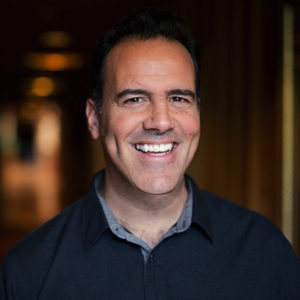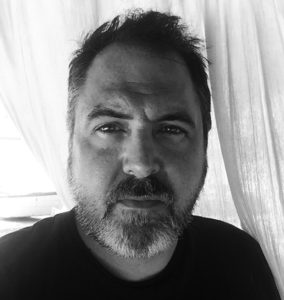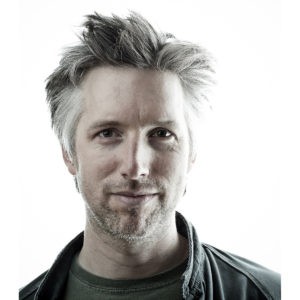In Paul Thomas Anderson’s period drama, Phantom Thread, sound designer and re-recording mixer Christopher Scarabosio, re-recording mixer David Acord, and supervising sound editor Matthew Wood were working with a collaborative director, one with whom they already had a formidable relationship in many instances.

In Scarabosio’s case, Phantom Thread was his sixth film collaboration with Anderson. “We watch the film together and he says, ‘You know what I want,’” quipped Scarabosio. “Paul has a very clear sense of what the film should be. He doesn’t go through lots of incarnations—he gets it in place and it doesn’t change too dramatically. I work with the picture editor; I dove in and whenever I had any questions, I’d get on the phone with Paul. I’d get cracking, both Dave and I.”
Both Scarabosio and Acord had many questions for Anderson after the first screening. “Paul likes to keep as much of the production recordings as possible,” said Scarabosio who had six to eight weeks to mix their sound to get into the pre-dubbing phase. “It was a very short turnaround. We didn’t get the chance to record Daniel Day-Lewis in post-production. Dialogue editor Rich Quinn did a lot of digging, sometimes to find just one word. There were six split-dialogue tracks.”

While the sound designer was devising the soundscape for the project, Acord mixed second foley on the show. “We did a unique foley approach on this project. There was a lot of location foley recording. The effort was to preserve as much production foley as possible. That’s something that Paul really likes to do,” Scarabosio detailed.

One of Wood’s specialties is post-production sound looping, but very little existed on Phantom Thread. “Paul wants a reality-based soundtrack,” Wood said. “We found a good balance between live sounds: sound effects that don’t read like sound effects. We did a small amount of looping for the lead character Alma (played by Vicky Krieps), and a day’s work with Loop Group: very subtle and integrated into the film,” he concluded.
After sound designing and premixing at Skywalker Ranch, the team’s last four weeks was spent at 424 Post, Inc. on Mt. Olympus in Los Angeles. “A very unique situation,” said Acord. “It’s not connected to a studio–a boutique house with a world class mixing stage in the backyard.”
In retrospect, Scarabosio pointed to his director’s insistence on using the most state-of-the-art technologies to create a film which core aesthetics could have been executed sixty years ago. “Even though it’s the modern age, Paul looks at filmmaking as an old school endeavor,” Scarabosio concluded.

.jpg)




